What is a URL and how to form it correctly
A URL (Uniform Resource Locator) is a unique name for any resource (page, image, video, etc.) on the Internet. This address consists of several parts that together determine the path to a specific page, file, or other resource on the server. The correct formation of a URL is an important element for ease of use, improved SEO, and increased website security.
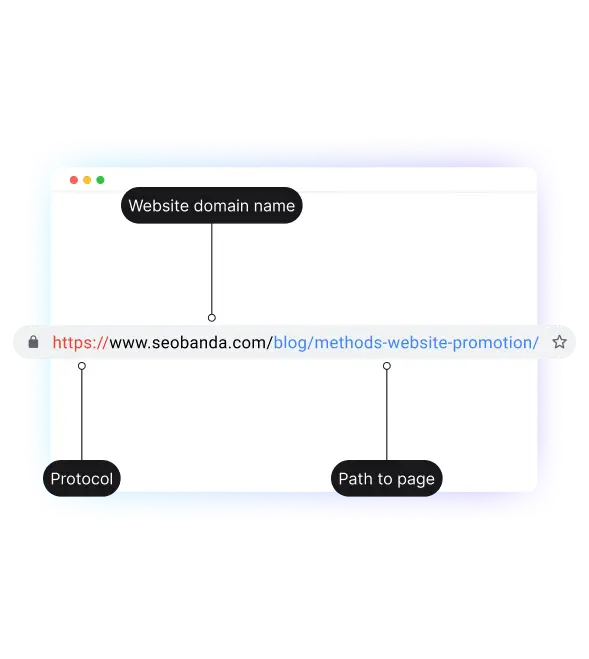




URL parts
A standard URL consists of the following components:
- Protocol: The most common protocols are HTTP (http://) and HTTPS (https://). The latter is more reliable and provides a secure connection.
- Website domain name: can be the main domain or a subdomain. For example: “www.seobanda.com“.
- Path: indicates the path to a specific page or file on the server. For example: “/blog/methods-website-promotion/”
- Query parameters: are added after the question mark (?) and are used to send additional data to the server. For example: “?s=seo”.
- Snippet: begins with a slash (#) and points to a specific section or element on the page. For example: “#price” will show you a block with prices.
As a rule, a URL does not have all of these components, but most of them. For example, the fragment (#) is mostly used on landing pages, and the query parameters (?) on sites that have a site search bar.

Increase visibility
for your business: SEO solution for growth!


How to create a URL?
- Use the HTTPS protocol: it provides encryption of data between the server and the user and increases the security and trust of the site.
- Choose a short and meaningful domain name: the domain should be short, easy to remember, and reflect the essence of your site. Avoid complex words, numbers, and hyphens.
- Use readable and understandable URL elements: the URL should be understandable to humans to ensure greater trust. For example: when a person sees the URL “domen.com/afdv17yr”, it is not clear where you are. Paths should look like this: “/products/smartphone” or “blog/what-is-seo/” so that the user immediately understands where he is and what he should see here.
- Use lowercase: Always use only lowercase letters when creating URLs to avoid confusion and further problems.
- Avoid special characters: characters such as (|, *, $, etc.) can make the URL much harder to read and process.
- Make the URL short and understandable for people: in SEO, there is a term called a “cnc” URL. It means a URL that is understandable to people (has clear words, not a set of characters, and is easy to read). For example, “https://www.seobanda.com/blog/seo-ppc/” is a clear URL, because all the words here are known and it is easy to read. And “https://example/hGR678rhYdnh” is not a clear URL and it is impossible to determine what you will see when you open this link.
- Also, the length of the URL should be up to 115 characters, otherwise it will be indexed worse by search engines and cause distrust among people (users like short and simple URLs).
Correct URL formation not only makes your website more user-friendly, but also improves indexing, trust, and other SEO indicators. Let’s take a look at the types of URLs to understand which ones are best suited for certain cases.


Types of URLs
URLs can have different formats and purposes depending on the context of use. Let’s take a look at the main types of URLs, their features, and applications.
Absolute URLs
Includes all the elements necessary to access the resource, from the protocol to the path to a specific file or page.
An example of an absolute URL: “https://www.seobanda.com/our-services/seo-promotion/“
Features:
- Includes the full path to the resource.
- They are independent of the current page, so they can be used from any page or site.
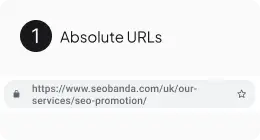
Relative URLs
Define the path to a resource relative to the current page or base address. They do not include the domain and protocol. That is, a relative URL is part of an absolute URL, but does not show the full path to the resource, but its part relative to the current page. They are usually used for internal links on the same site or to reduce the amount of data during transmission.
An example of a relative URL: “/our-services/seo-promotion/”
Features:
- Shorter and simpler.
- It depends on the current page or context.
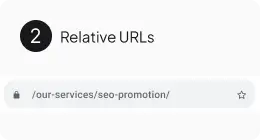
Canonical URLs
Canonical URLs are used to identify the main version of a page to avoid duplicate content and improve SEO. They are specified using the canonical tag “<link rel=”canonical” href=”…”> ” in the HTML code of the page.
Example of a canonical URL: <link rel=”canonical” href=”https://www.seobanda.com/“>
Features:
- Define the main version of the page.
- Improve SEO by preventing duplicate content.
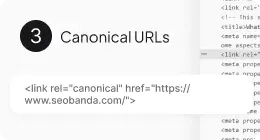
Dynamic URLs
They are generated by the server based on the request parameters. Dynamic URLs are often used for pages with dynamic content, such as search results.
An example of a dynamic URL:
“https://www.seobanda.com/?s=relevance“
Features:
- Contain query parameters.
- They may be less readable for users.
- Require proper processing for SEO
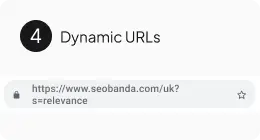
SEO-friendly URLs
They are optimized for users’ search engines. Such URLs are usually short, readable, and include keywords that describe the content of the page.
An example of an SEO-friendly URL:
“https://www.seobanda.com/our-services/content/“
Features:
- Easier to read and remember.
- Include keywords.
- Improve SEO and usability.
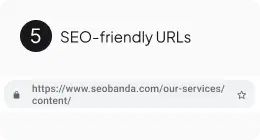
Understanding the different types of URLs and how they are used is important to building an effective, usable, and optimized website. Absolute and relative URLs are used for different purposes, and canonical, dynamic, and SEO-friendly URLs help improve the structure of the site, prevent duplicate content, and increase search engine rankings. Proper URL formation contributes to better navigation, increased security, and overall website performance. Let’s take a closer look at the impact of URLs on SEO.

Increase visibility
for your business: SEO solution for growth!


How does URL affect SEO?
- Keywords in the URL: Using relevant keywords in the URL helps search engines understand the content of the page. It can also increase CTR (click-through rate) because users see in the URL what they expect to see on the page.
- Readability: Users are more likely to click on URLs that are clean and clear. They are also easier to remember and read.
- URL structure: A well-organized URL structure helps search engines index pages more efficiently. Using a clear hierarchy makes navigation easier for both bots and users. Then people understand what page they are on and how they can get there in the future.
- URL length: Shorter URLs are better because they are easier to read and memorize. Search engines favor short URLs.


Conclusion
In this article, you can understand what a URL is and see different types of this element. The correct formation of a website URL can improve your SEO, increase rankings, click-through rates, and other aspects of your website. With the right URL hierarchy, your website will become even better in the eyes of search engines, and your brand will be better remembered by users.
You may also like it
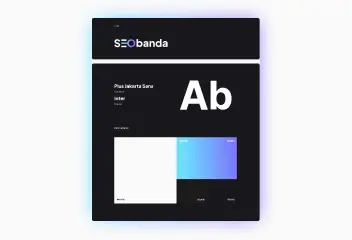
Brand identity: The key to brand recognition and SEO success
Every product has its own unique feature that sets it apart from other brands. It could be a special font, a unique mascot, or an interesting logo with the right...
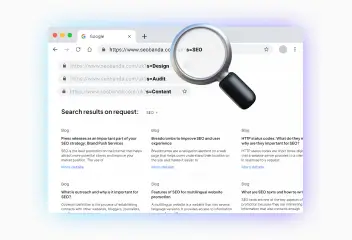
What is a dynamic URL and its impact on SEO
A dynamic URL (Uniform Resource Locator) is a web address that changes depending on the user's request or specific parameters. It differs from a static
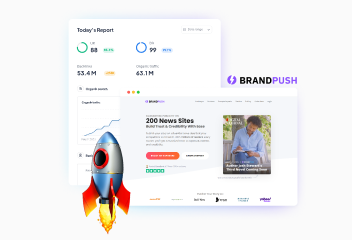
Press releases as an important part of your SEO strategy: Brand Push Services
SEO is the best promotion on the Internet that helps attract more potential clients and improve your market position. The use of press releases is an important SEO...












